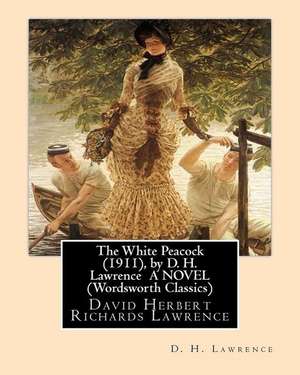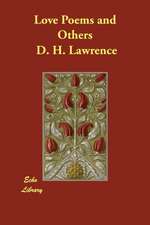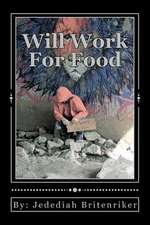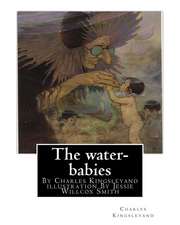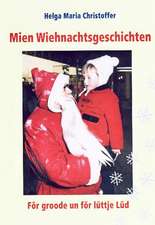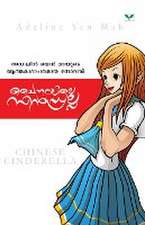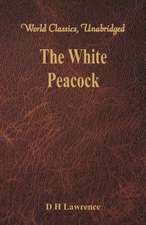The White Peacock (1911), by D. H. Lawrence a Novel (Wordsworth Classics)
Autor D. H. Lawrenceen Limba Engleză Paperback
Preț: 83.15 lei
Nou
Puncte Express: 125
Preț estimativ în valută:
15.91€ • 16.66$ • 13.17£
15.91€ • 16.66$ • 13.17£
Carte disponibilă
Livrare economică 15-29 martie
Preluare comenzi: 021 569.72.76
Specificații
ISBN-13: 9781533458667
ISBN-10: 1533458669
Pagini: 218
Dimensiuni: 203 x 254 x 12 mm
Greutate: 0.44 kg
ISBN-10: 1533458669
Pagini: 218
Dimensiuni: 203 x 254 x 12 mm
Greutate: 0.44 kg
